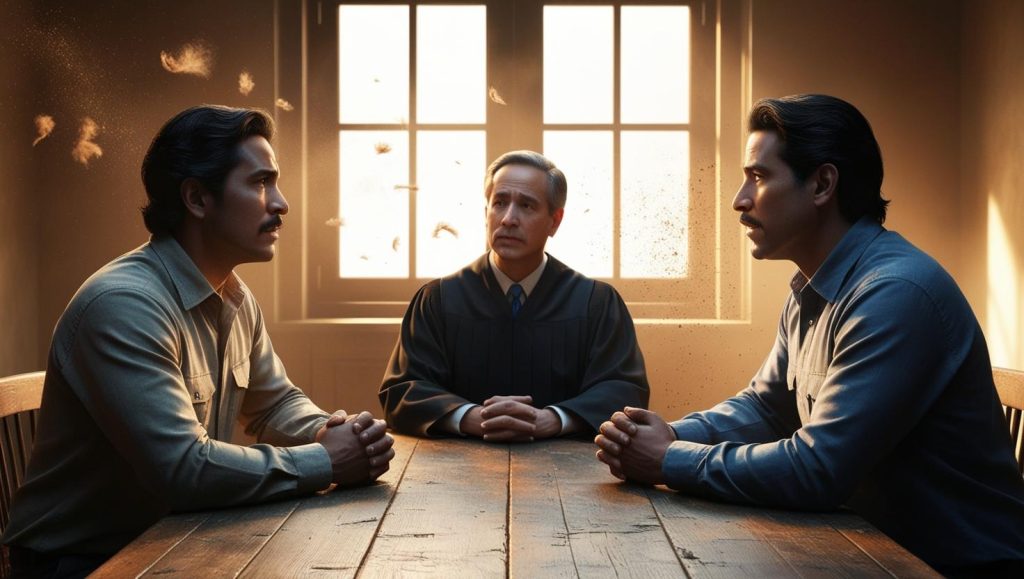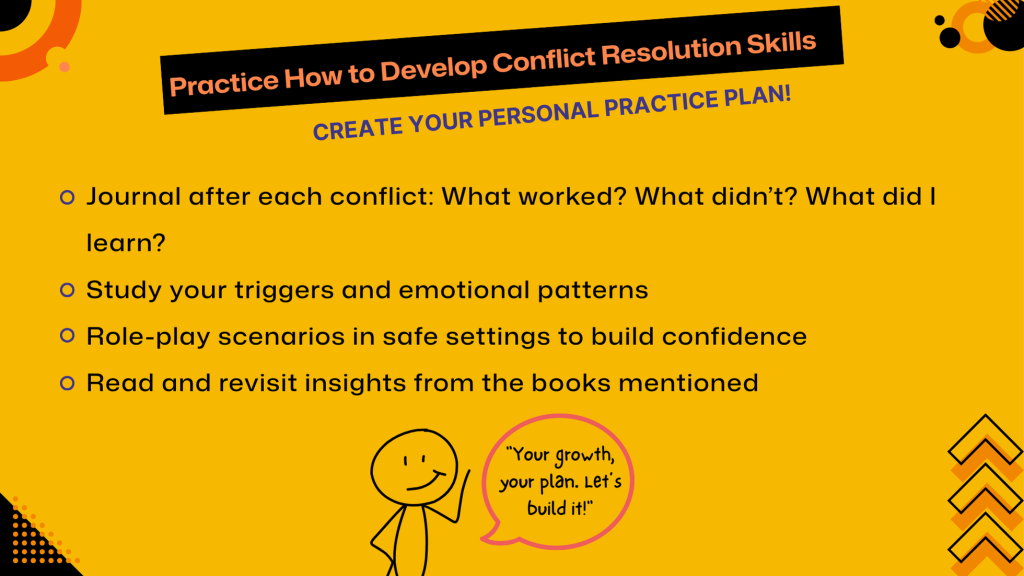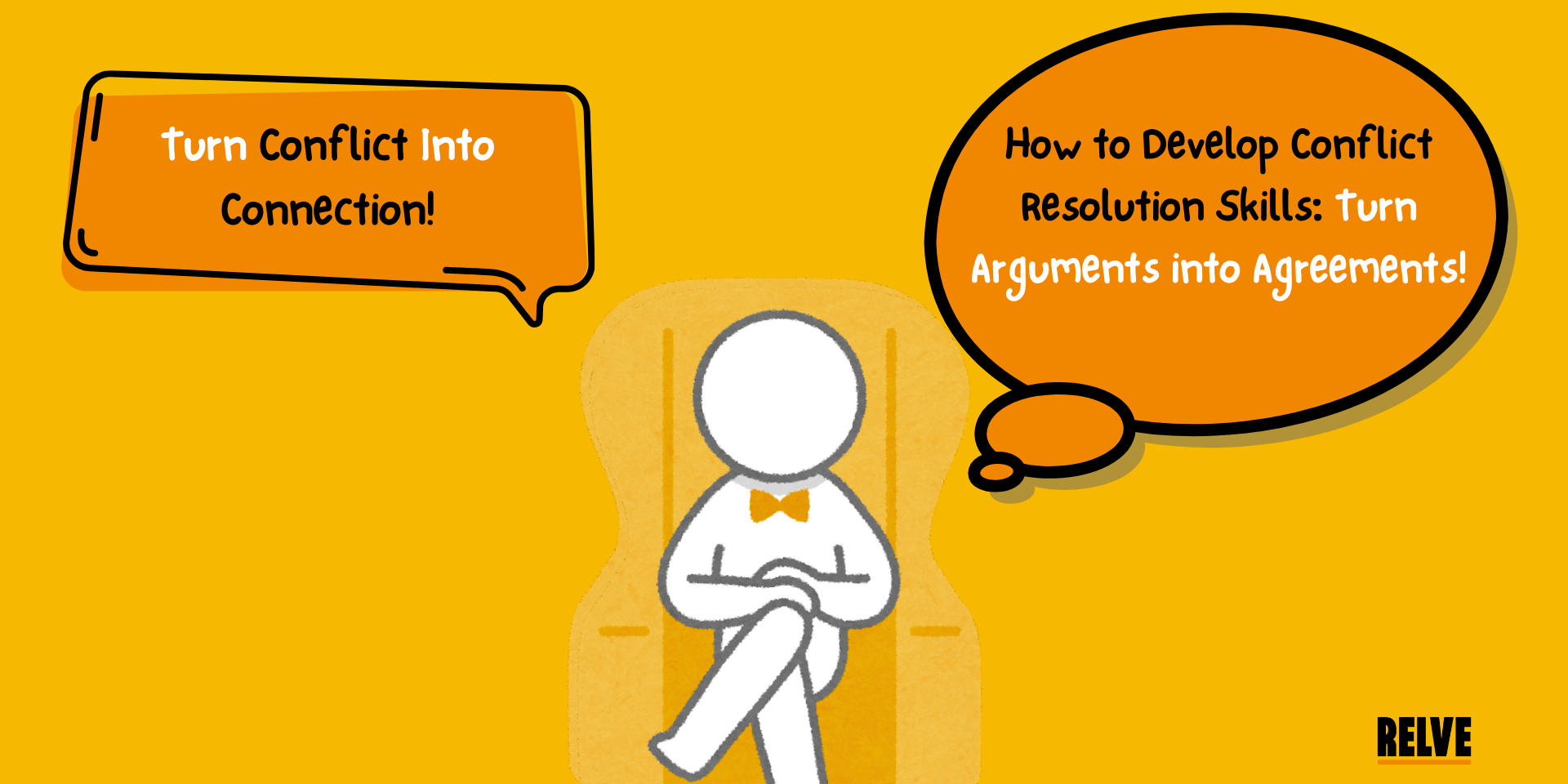Think about the last disagreement you had – whether it was with a colleague, a friend, or someone you deeply care about. Conflict is an inevitable part of life. Yet, what separates thriving relationships and successful teams from dysfunctional ones isn’t the absence of conflict – it’s how it is handled. The art of how to develop conflict resolution skills lies at the heart of every strong leader, team player, partner, and peacemaker.
And here’s the good news: It’s a skill (like emotional intelligence) – one you can learn, refine, and master.
In this article, we’ll dive deep into what it means to develop conflict resolution skills, the science and psychology behind it, strategies you can apply today, and insights from some of the most influential books on this subject. Let’s turn arguments into agreements – one conversation at a time!
How to Develop Conflict Resolution Skills: Understanding the Root of Conflict

Most people see conflict as a problem. But in truth, conflict is a signal – an emotional flare pointing to unmet needs, clashing values, or broken communication.
Every criticism, judgment, diagnosis, and expression of anger is the tragic expression of an unmet need.
Marshall Rosenberg, Nonviolent Communication
Conflict arises not just from what is said, but from what is felt beneath the surface. When we ignore emotions and focus only on behaviour, we miss the opportunity to create genuine understanding.
Developing conflict resolution skills means shifting your mindset: from winning to listening, from reacting to responding.
Step 1: Cultivate Self-Awareness Before the Conversation Begins
Before you enter any conversation, know this: your greatest weapon is not your argument – it’s your awareness.
People who are skilled at dialogue do their best to make it safe for everyone to add their meaning to the shared pool—even when they’re angry, scared, or hurt.
Crucial Conversations: Tools for Talking When Stakes Are High
Start by asking yourself:
- What am I feeling right now?
- What story am I telling myself about this person or situation?
- What outcome do I truly want—from this conversation and this relationship?
This self-check anchors your emotions and opens space for genuine dialogue. It’s the first and essential step in learning how to develop conflict resolution skills.
Step 2: Listen Beyond Words—The Power of Empathy
Empathy is not passive—it’s powerful. When we truly listen to people, we validate more than just someone’s words – we honour their emotions and their humanity.
Seeing people as people, not objects, is the foundation of peace.
The Arbinger Institute, The Anatomy of Peace
When you listen to someone in conflict:
Don’t interrupt. Before you enter any conversation, know this: your greatest weapon is not your argument – it’s your awareness.
Crucial Conversations: Tools for Talking When Stakes Are High
People who are skilled at dialogue do their best to make it safe for everyone to add their meaning to the shared pool—even when they’re angry, scared, or hurt.
Start by asking yourself:
To develop conflict resolution skills, you must learn to see beneath the surface. It’s not just about hearing what’s said—it’s about understanding what’s unsaid.
Step 3: Shift from Blame to Curiosity
Blame is the fastest way to escalate conflict. But curiosity disarms it.
The single most important thing you can do is to shift your internal stance from ‘I understand’ to ‘Help me understand.’
Difficult Conversations: How to Discuss What Matters Most
Rather than accusing, try asking:
- “What led you to see it that way?”
- “Can you walk me through your perspective?”
- “What would a successful resolution look like for you?”
Curiosity opens dialogue. It also signals respect – one of the most powerful emotional currencies in conflict.
Step 4: Separate People from the Problem
This timeless principle from Getting to Yes: Negotiating Agreement Without Giving In is one of the cornerstones of developing conflict resolution skills:
“Don’t attack people – attack the problem.”
So often, conflict becomes personal. We conflate someone’s actions with their character, leading to defensiveness and emotional shutdown.
Instead:
- Focus on the issue, not the individual
- Reframe problems as shared challenges to solve together
- Use “we” language: “How can we move forward from here?”
This simple shift creates collaboration, not combat.
Step 5: Identify Core Needs—Yours and Theirs
Behind every conflict is a need that wants to be heard.
Marshall Rosenberg’s Nonviolent Communication framework teaches us to:
- Observe without judgment
- Identify the feeling
- Recognize the unmet need
- Make a clear, respectful request
For example, instead of saying: “You never support me on this team.”
Say: “When I work on these tasks alone, I feel overwhelmed. I need more support. Could we discuss how to distribute the workload better?”
This approach transforms criticism into collaboration – and is a central practice if you want to develop conflict resolution skills that actually work.
Step 6: Know When to Pause, Reflect, or Revisit
Not every conflict needs to be resolved immediately. Sometimes, space is the most respectful resolution in the moment.
Dialogue can only happen when there is psychological safety.
Crucial Conversations
If the conversation gets too heated:
- Take a break with intention: “Let’s pause and return when we both feel clearer.”
- Reflect on your role and reactions.
- Come back with calm, not retaliation.
Mature conflict resolution requires emotional patience, not just verbal fluency.
Step 7: Move from Agreement to Action
The goal of conflict resolution isn’t just understanding—it’s progress. Agreements without action are just ideas.
Make agreements that are specific, realistic, and verifiable.
Getting to Yes
After a resolution:
- Clarify what was agreed on
- Define next steps and responsibilities
- Reaffirm mutual intention to move forward with respect
This turns resolution into transformation.
Step 8: Practice How to Develop Conflict Resolution Skills
Just like you wouldn’t expect to master a musical instrument after one lesson, you can’t expect flawless conflict resolution overnight.
Developing conflict resolution skills takes repetition, feedback, reflection, and intentionality.

Over time, you’ll begin to notice not just fewer arguments, but stronger relationships, better boundaries, and deeper understanding.
How to Develop Conflict Resolution Skills: Conflict Isn’t the Enemy—Disconnection Is

Here’s the truth: Conflict doesn’t destroy relationships—disconnection does.
When you learn how to develop conflict resolution skills, you don’t just handle disagreements better. You lead with empathy, communicate with clarity, and build bridges where others build walls.
The next time a difficult conversation comes your way, remember:
- Speak your truth, but listen with your heart
- Pause before you react—choose to respond
- See the person, not just the problem
Because real connection is forged not in comfort, but in courage.
Peace is not the absence of conflict, but the presence of creative alternatives for responding to conflict.
Dorothy Thompson
So, take the first step—develop conflict resolution skills that create harmony instead of hostility.
Because every conversation you approach with emotional intelligence is a chance to not just end conflict—but to evolve through it.
Your next step? Pick one practice from this article and apply it in your next conversation. That’s how change begins—with intention, one word at a time.
